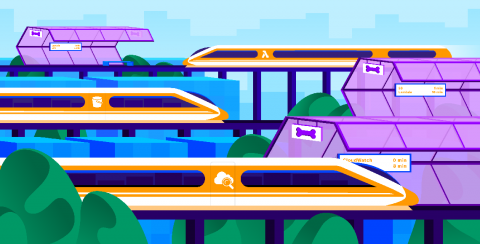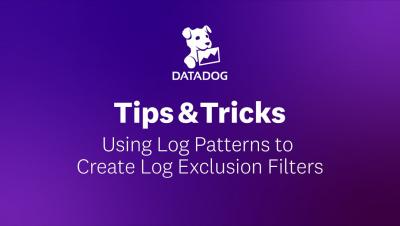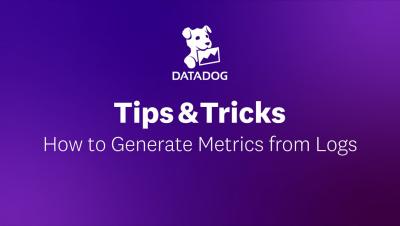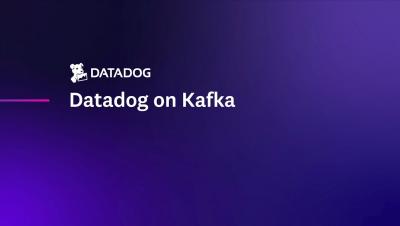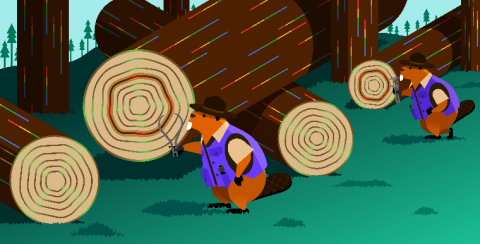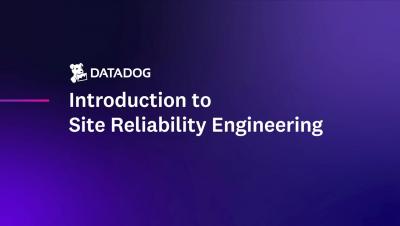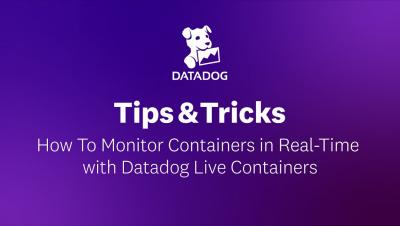Introducing our AWS 1-click integration
Datadog’s AWS integration brings you deep visibility into key AWS services like EC2 and Lambda. We’re excited to announce that we’ve simplified the process for installing the AWS integration. If you’re not already monitoring AWS with Datadog, or if you need to monitor additional AWS accounts, our 1-click integration lets you get started in minutes.


